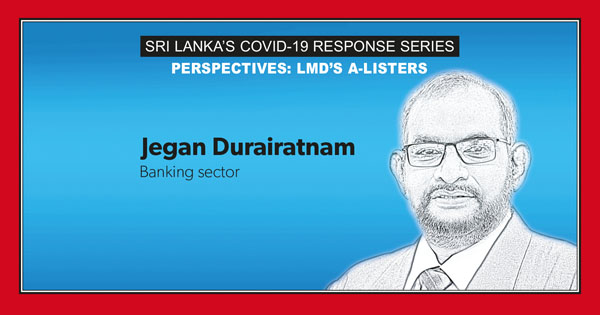PUBLIC HEALTH IS A PRIORITY
Q: In your view, how should the authorities balance the twin imperatives of safety and the economy?
A: The COVID-19 pandemic has put us in a situation where we have to either prioritise public health and in turn sacrifice economic output, or prioritise the economy and sacrifice public health. Although this is unprecedented, public health should always be prioritised over the economy.
We know how to revive economies but have no way of bringing people back to life. As a result, sacrificing health during a pandemic like COVID-19 will lead to an irreversible long-term decline in public health that will inevitably cause a recession on the supply side, with a subsequent decrease in output and higher inflation.
Furthermore, prioritizing public health during the pandemic will ensure that the economy is ready to bounce back when testing is increased and the pandemic is suppressed.
For example, the US suffered an 18 percent drop in manufacturing during the 1918 Flu, which represents a rather significant recession. However, states that prioritised health sooner and implemented strict social distancing measures bounced back with higher long-run economic growth than the others.
However, the Sri Lankan government has performed commendably by operating efficiently and transparently to prevent unrest.
That being said, the informal or gig economy is significant in Sri Lanka. Most SMEs and daily wage earners cannot weather this shutdown for an extended period. This is where the government needs to intervene with monetary and fiscal policies, which will ensure these segments remain intact when we’re ready to reopen.
Q: What is the outlook for jobs and employment in the medium term? And how should the authorities address the prospect of rising unemployment?
A: The lockdowns have necessitated work from home (WFH) protocols. This sudden shift, along with the risks posed by COVID-19 until a vaccine or cure is developed, may increase the prevalence of WFH jobs in the medium term.
Although working from home is ideal, unfortunately only a wealthy white-collar minority have access to WFH. Despite recent innovations in high-speed connectivity and communications technology, only around 30 percent of the labour force in developed countries can work from home, and this number is bound to be smaller in a developing economy like Sri Lanka.
Similarly, while many jobs are not suited for WFH, decreased consumer, business and investor confidence as a result of the lockdown will likely lead to higher levels of unemployment in the medium term. This will lead to more inequality and friction, which will slow down our post-crisis recovery because businesses will have to go through unproductive rehiring processes thereafter.
Although expansionary fiscal and monetary policies in the form of government spending, tax cuts or lower interest rates might help curb a traditional recession, these policies will be ineffective at a time when people need to stay at home.
Therefore, the best policy will be to help maintain relationships between employers and employees. Income contingent loans and tax deductibles for businesses are examples of policies that will ease the pressure on business, and in turn minimise unemployment by enabling the relationship between businesses and their employees to continue.
Q: How do you see the ‘new normal’ for business panning out?
A: This crisis has made connectivity a way of life. COVID-19 has reshaped and repositioned how consumers and businesses function, and the impact of this crisis will likely be felt for a long time. The rise of the digital customer has made the use of digital platforms and a strong online presence critical to the survival of any business. To succeed, businesses should initiate a transformation of their business models and operations, to leverage the full potential of digital platforms and their capabilities.
Enterprises need to constantly reinvent their offerings to keep pace with rapidly evolving customer expectations; they must evolve from products and services to experiences, and go from ownership to access and focus on hyper-personalisation. This can be achieved by driving digital transformation to every dimension of an organisation.
[wprpw_display_layout id=2]





